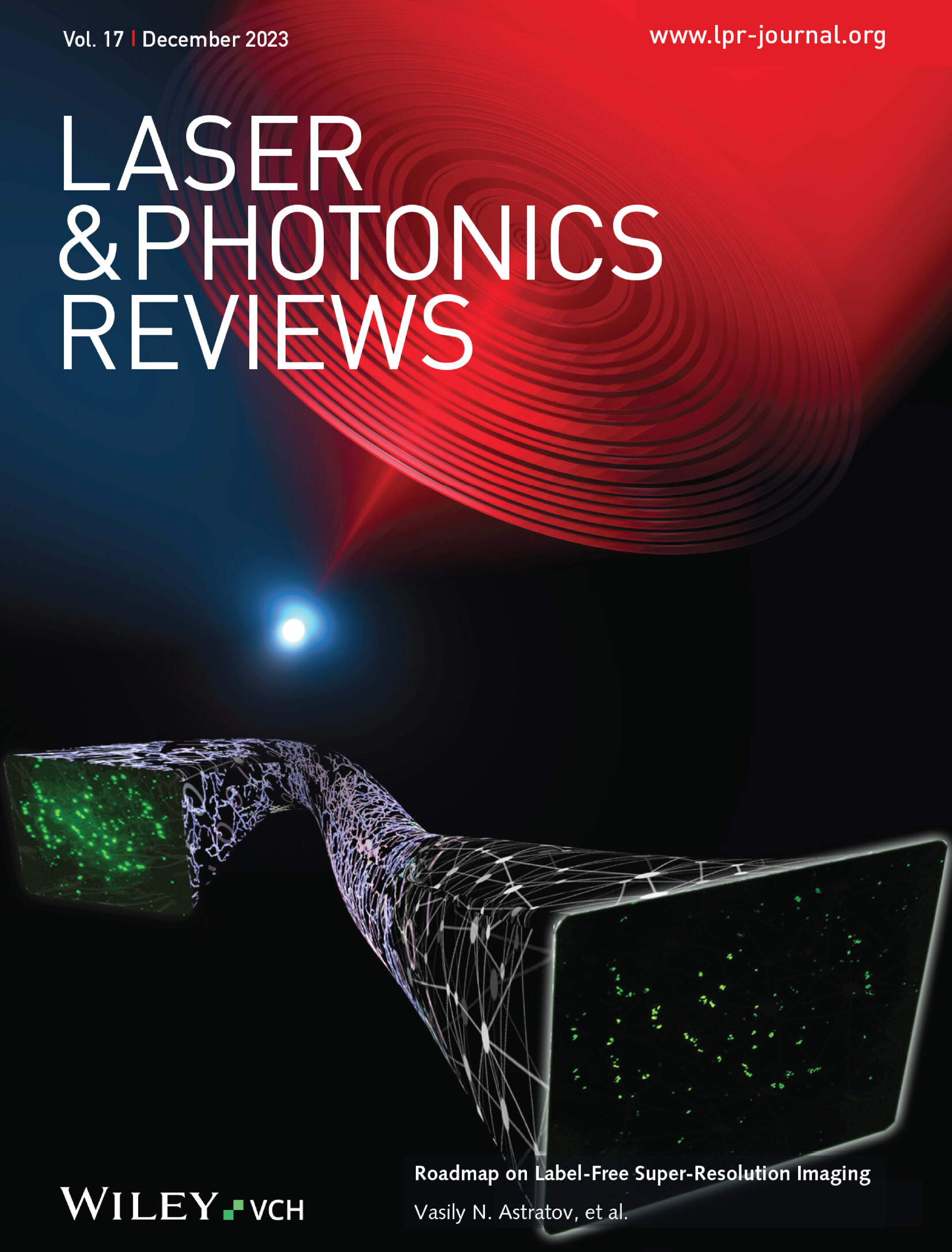Minimalist Photonic Processor for High‐Volume and Versatile Linear Computation
IF 9.8
1区 物理与天体物理
Q1 OPTICS
引用次数: 0
Abstract
By fully exploiting the rich parameter dimensions of the light wave including time, wavelength, transverse space, or mode, photonic integrated circuits potentially offer low‐latency, high‐throughput, and energy‐efficient solutions for acceleration of multimodal linear data processing in artificial intelligence‐related computational tasks. However, many existing schemes tailor specific parameter dimensions and construct specific architectures to suit specific computational operations and, therefore not making full use of optical resources and lacking versatility in adapting to different operations. Their scale is often linked to that of the operands, therefore lack flexibility when dealing with variable data sizes. A novel multi‐dimensional minimalist photonic processor (MD‐MPP) architecture is demonstrated, capable of simultaneously and scalably utilizing time, wavelength, and space multiplexing to achieve high throughput, versatile operations, and flexible data adaption, performing all‐optical multiply‐and‐accumulate (MAC) operations for vector dot‐products, matrix‐vector‐multiplication, single‐/multi‐kernel convolution in time‐recursive, wavelength‐parallel and spatial‐parallel fashions. As a verification, a processor chip fabricated in thin‐film lithium niobate (TFLN) experimentally implements single‐/multi‐kernel and multi‐wavelength convolution in optoelectronic convolutional neural networks with up to 36.7 billion MAC operations per second (or 73.4 GOPS) per device per wavelength, underscoring its potential to be a promising candidate for flexible optical computing at high data volumes with lower energy consumption.求助全文
约1分钟内获得全文
求助全文
来源期刊
CiteScore
14.20
自引率
5.50%
发文量
314
审稿时长
2 months
期刊介绍:
Laser & Photonics Reviews is a reputable journal that publishes high-quality Reviews, original Research Articles, and Perspectives in the field of photonics and optics. It covers both theoretical and experimental aspects, including recent groundbreaking research, specific advancements, and innovative applications.
As evidence of its impact and recognition, Laser & Photonics Reviews boasts a remarkable 2022 Impact Factor of 11.0, according to the Journal Citation Reports from Clarivate Analytics (2023). Moreover, it holds impressive rankings in the InCites Journal Citation Reports: in 2021, it was ranked 6th out of 101 in the field of Optics, 15th out of 161 in Applied Physics, and 12th out of 69 in Condensed Matter Physics.
The journal uses the ISSN numbers 1863-8880 for print and 1863-8899 for online publications.

 求助内容:
求助内容: 应助结果提醒方式:
应助结果提醒方式:


